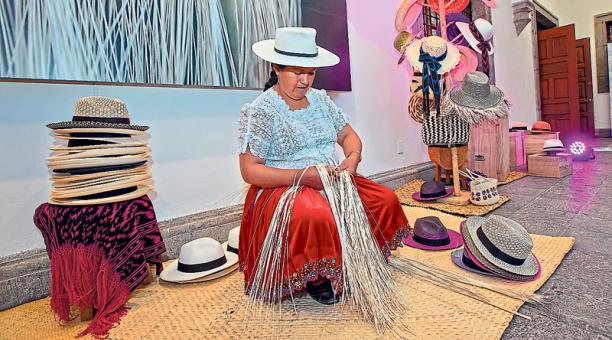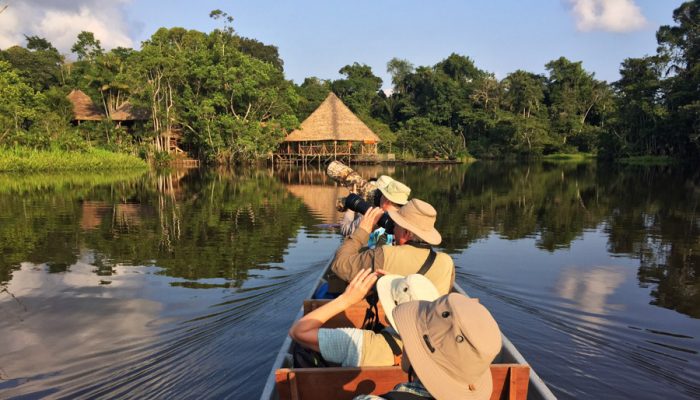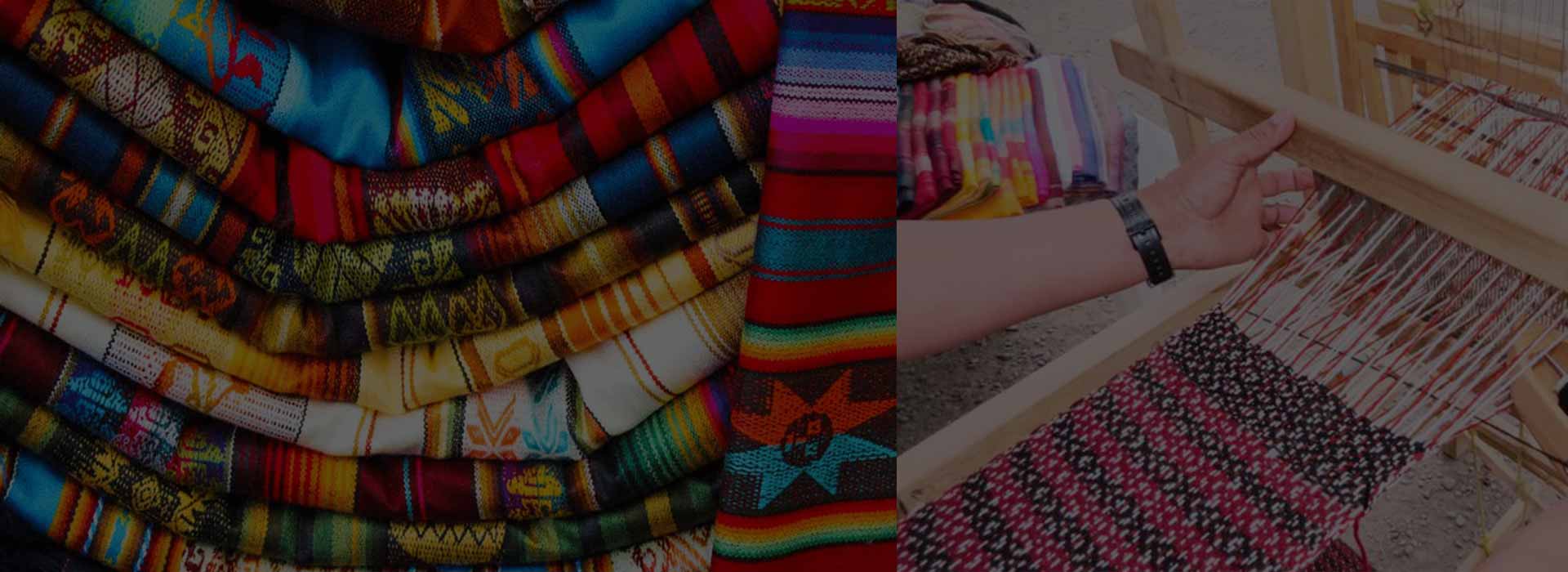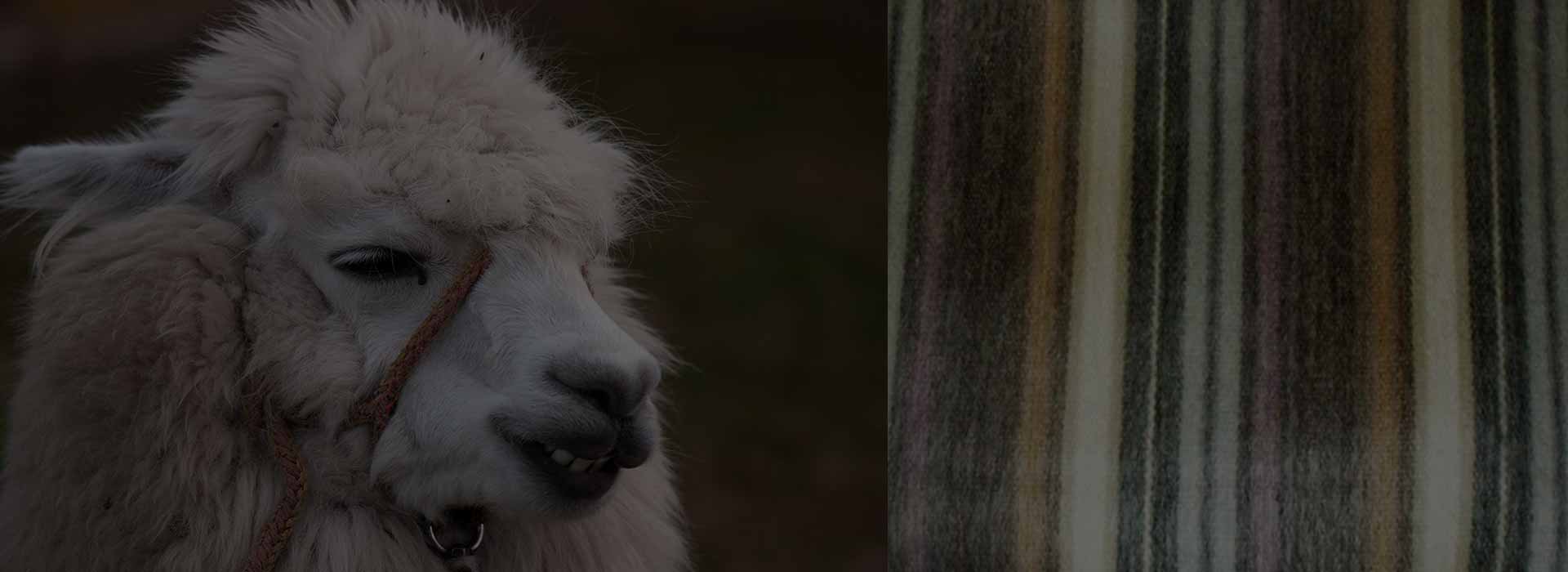-
×
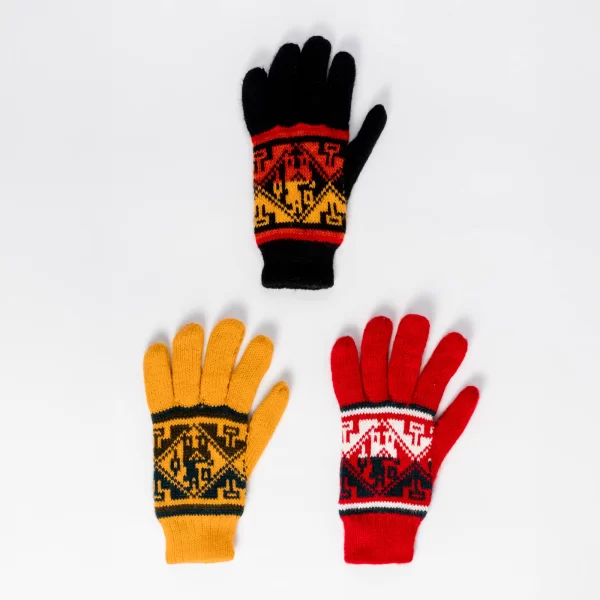 1 box
1 box
Alpaca Gloves Soft Warm Handmade Adult Wholesale1 × $6.99 -
×
 1 box
1 box
Alpaca Wool Blanket For Baby Wholesale Ultra Soft 39 x 44 inches Pet Blanket1 × $12.00 -
×
 1 box
1 box
Spiderman Marvel Alpaca Unisex Handmade Poncho Wholesale1 × $23.99 -
×
 1 box
1 box
Inti Raymi Mask Devil Human Andean Artisanal Dance Festival Wholesale3 × $14.50 -
×
 1 box
1 box
Lot Alpaca Blanket Andean Patterns Reversible Boho Wholesale Mix Models2 × $285.00 -
×
 1 box
1 box
Poncho Anime Alpaca Joker Gotham Laughter Chaos Wholesale Unisex1 × $23.99 -
×
 1 box
1 box
Panama Hat Mini Toquilla Straw Keychains Wholesale1 × $2.25
Handcrafted toquilla straw shoes from Ecuador are the ideal choice for distributors and boutiques that want to offer luxury items with history and sustainability. Made from one of the most expensive and prized fibers in the world, these shoes not only stand out for their beauty and quality but also tell a story of ancestral craftsmanship. Here’s why these shoes should be part of your collection and how they can help your business excel in the global market.

 Español
Español
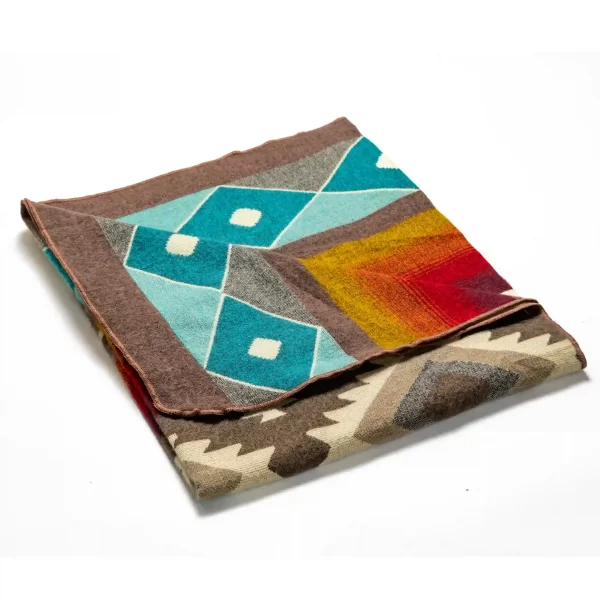 1 box
1 box 1 box
1 box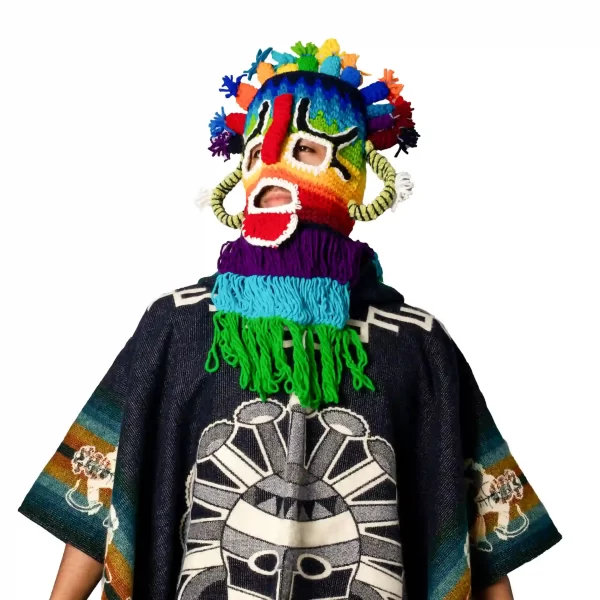 1 box
1 box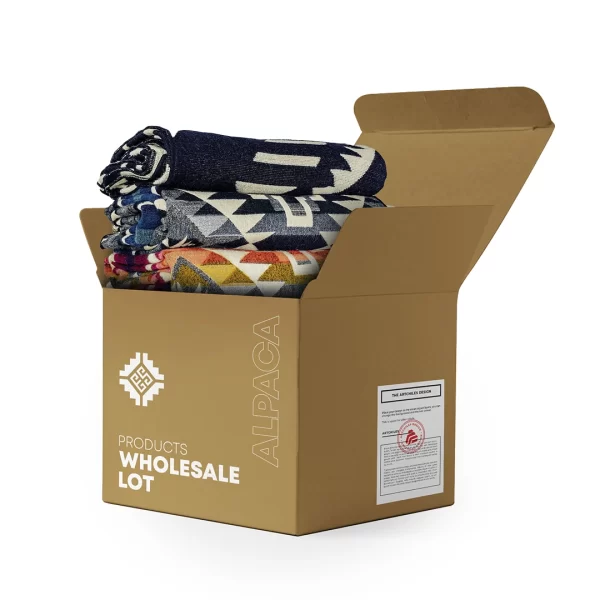 1 box
1 box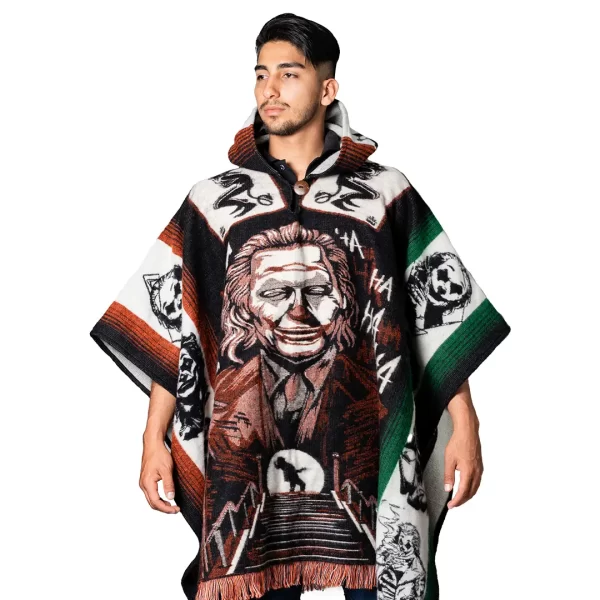 1 box
1 box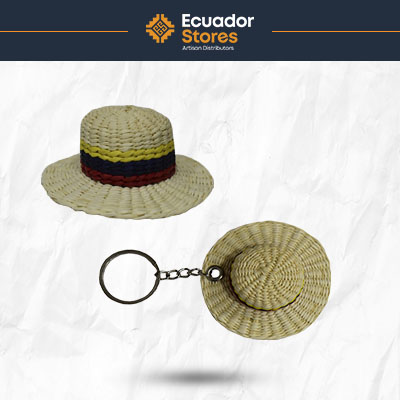 1 box
1 box

